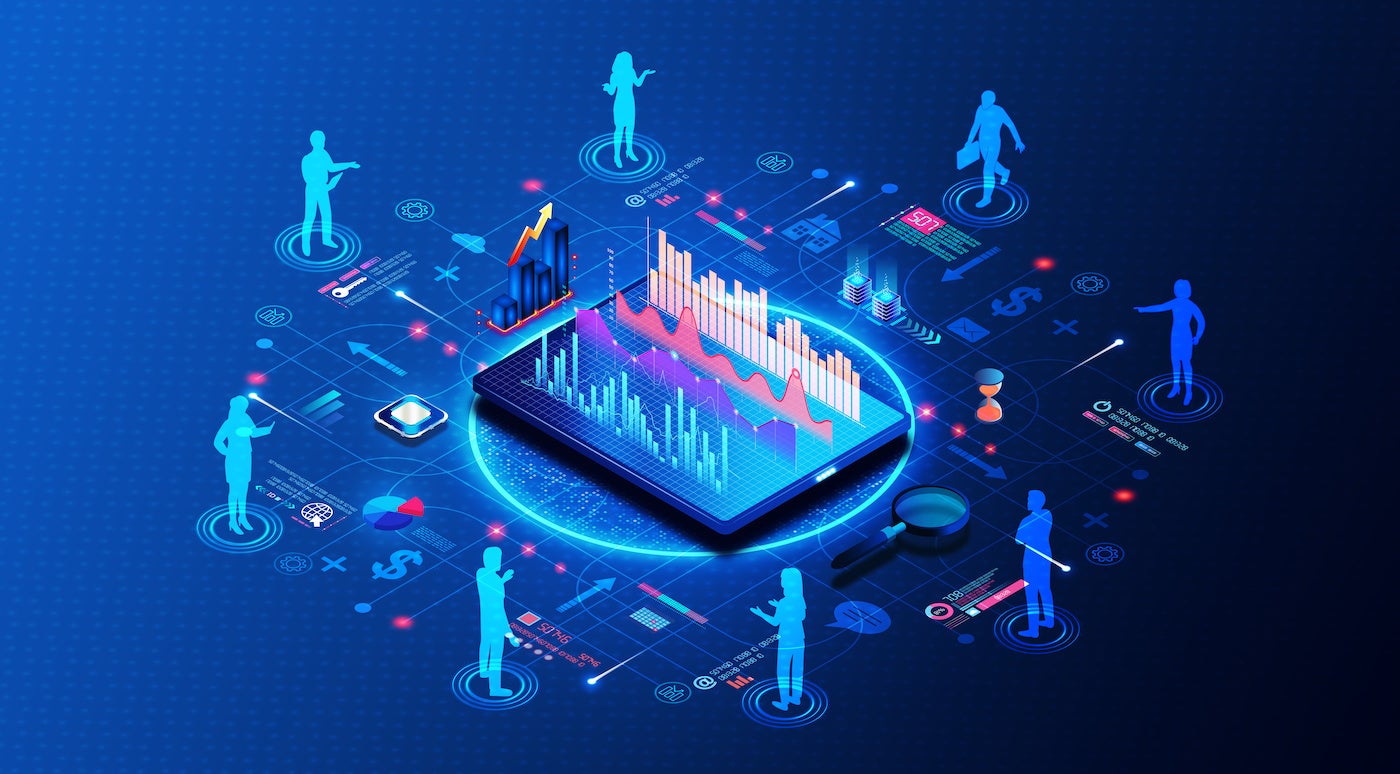Dell Technologies World 2023: Interview with Rob Emsley on data protection, recovery and more

Explore what matters in data protection today. Cyber resilience, recovery and streamlined software make the list.
According to the Dell Global Data Protection Index, 67% of 1,000 IT decision-makers globally aren’t very confident that their data across all public clouds is protected. Plus, 50% of the people interviewed had been hit by a cyberattack in the last six months.
At Dell Technologies World 2023, I spoke with Rob Emsley, the director of product marketing for data protection at Dell Technologies, about the changing world of data protection. The following is a transcript of my interview with Emsley; the interview has been edited for length and clarity.
Jump to:
The state of data protection
Megan Crouse: How is data protection changing today?
Rob Emsley: If you’re creating data – whether or not you’re running it on servers, running it on hyper-converged infrastructure, running it on service and storage or running it in the cloud – you’re responsible for it. The concept of data protection continues to be something that many customers have as a very distinct line item.
One of the things that’s become top of mind for many customers when they think about back-end recovery is cyber(security) and cyber resiliency. It’s not so much based on preventing cyberattacks, but it’s more focused on responding and recovering from cyberattacks, and I think that’s one of the things that is making backup and recovery still so relevant.
Many boards have a lot of risk concerns about cyberattacks. 65% of (people surveyed in the Global Data Protection Index) said they’re concerned that what they have, from a backup and recovery infrastructure perspective, is not sufficient to allow them to recover at all or recover in a timely manner.
That’s one of the things that’s changed so much over the years: Time to recover is just as critical as the ability to recover at all. A lot of that is based upon the fact that most companies are now digital companies. Unavailability of service is a real issue.
SEE: Five years on, GDPR has changed the world of data protection.
Another element is the move to multicloud. Our data protection is available to any customer across any public cloud.
Some customers want a full cloud backup-as-a-service solution, so we do that, and we’ve been doing that for the last couple of years with something called Apex Backup Services. That is a fully managed infrastructure that we deploy and manage in AWS, and then we allow customers to subscribe to it. All they do is configure their backup policies – they don’t have to worry about software updating, hardware maintenance or capacity expansion. That’s something that many customers have been very interested in. Certainly, if you’re a small customer, it’s very nice to back up even your little on-premises infrastructure and say, yeah, I just want to subscribe to a service.
Dell proposes simplified backup infrastructure
Megan Crouse: A lot of people I spoke to at Dell Technologies World talked about the PowerProtect Data Manager clients. How far has that come since its announcement last November?
Rob Emsley: What we decided to do in November was to really make it even easier for customers to stand up a new backup infrastructure. In the past, you’d have to run your software on a virtual machine and deploy a backup appliance to store the backups. We still offer that to every market segment, but the PowerProtect DM5500 took the backup appliance, the backup software, and the backup server that you need to run it and put it all together. Doing that simplifies it beyond anything we’ve done before.
There are three words we use to describe our strategy: modern, simple and resilient. And the PowerProtect Data Manager appliance is really the best example of that. We’re going to continue to innovate and expand the market segments that we support. Having an integrated solution is certainly a big focus for us.
Reducing the footprint of backup services at the edge
Megan Crouse: In what ways does that philosophy of simplicity carry through your work in data protection in general?
Rob Emsley: Sometimes, at the edge, data longevity is not that long. Sometimes the edge is communicating with a central database or data store, and that needs to be protected. Sometimes data is distributed. Something like Apex Backup Services, which doesn’t require any on-premises or edge footprint, can be a wonderful solution to allow a customer to get data protection at the edge without having to stand up infrastructure to do it.
Some customers, depending on what they have at the edge, can use the DM5500. They can have it purpose-built, install it very quickly and have it as backup. That is also a good solution.
Simplicity, I think, becomes important when you have a very distributed network. When it comes to backup, people just want it to be simple.
Certainly, we’ve seen IT departments have gotten smaller over the last few years. You have a lot of IT staff having to do more things. Simplicity has become more of a must-have rather than a nice-to-have. That is definitely a focus within our new software. And whether or not you’re consuming it as a service, or you’re deploying it and running it yourself, we want time-to-value to be as fast as possible.
More news from Dell Technologies World
Disclaimer: Dell paid for my airfare, accommodations and some meals for the Dell Technologies World event held May 22-25 in Las Vegas.

